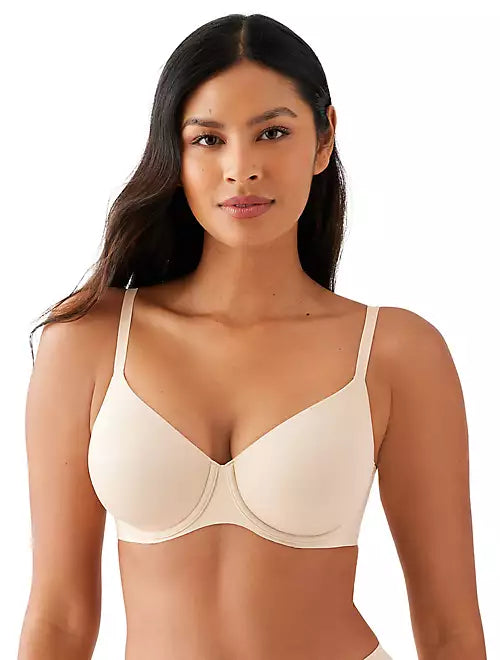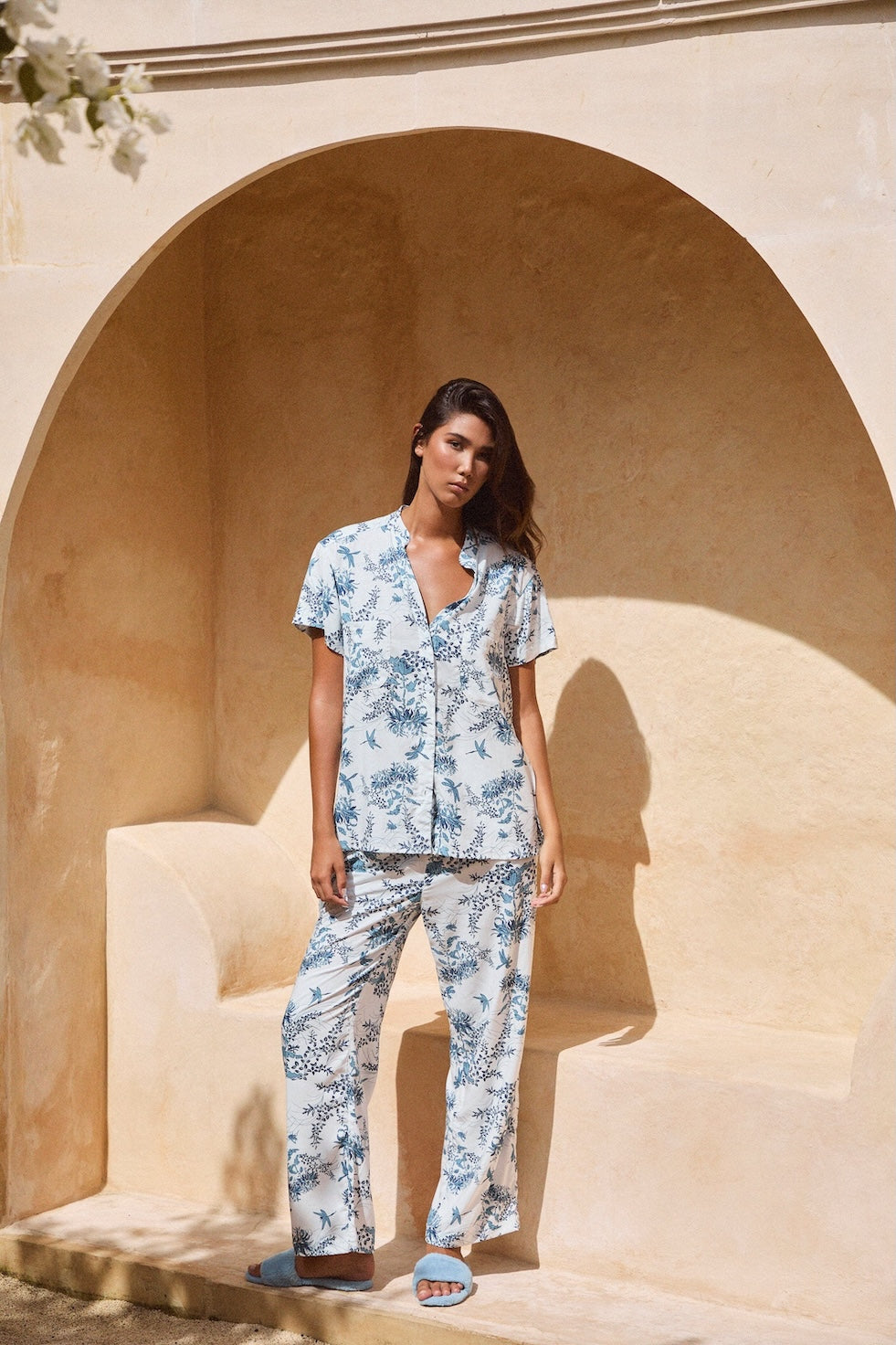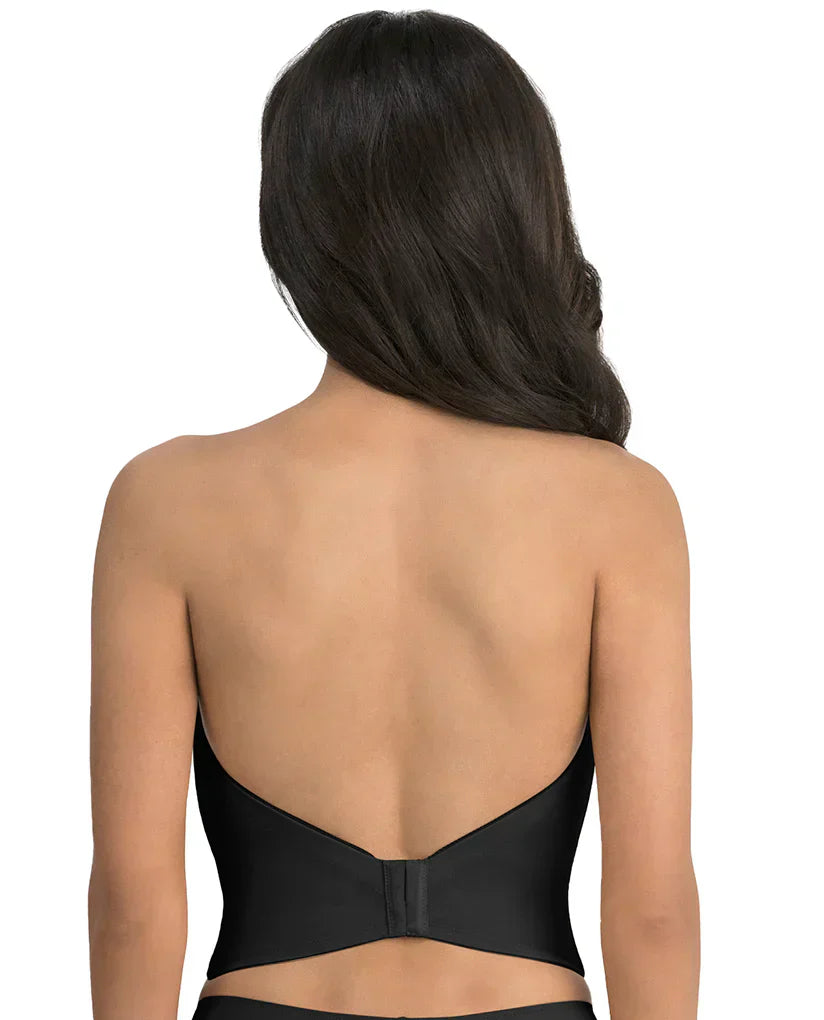Simple Steps to Add Your Bra Size Guide

How to Add a Bra Size: Expert Guide to Sister Sizing and Custom Fit Adjustments
Finding the perfect bra can feel like solving a puzzle. You may know your size—or think you do—but often a bra that should fit doesn’t feel quite right. Whether you're gaining or losing weight, switching brands, or just shopping for new styles, it helps to understand how to add or adjust a bra size accurately using sister sizing and fit logic.

In this expert guide, we’ll walk you through how to “add a bra size” in a way that leads to a better fit, including how cup and band measurements interact, when to size up or down, and what to watch for in comfort and support.
What Does It Mean to “Add” a Bra Size?
When someone refers to "adding a bra size," it can mean one of two things:
-
Increasing the band or cup size, or both—usually due to weight changes, growth, or preference.
-
Using sister sizing, a professional fit technique that helps you find alternative sizes when your true size isn’t available.
Adding a bra size is not a random guess. It’s a structured adjustment based on your body’s proportions and how bras are engineered.
Understanding the Components: Band + Cup
A bra size is a combination of:
-
Band size (number): Measurement around your ribcage, just below your bust.
-
Cup size (letter): Difference between your bust and band measurements.

For example, a 34C means a 34" band and a bust that’s about 3" larger (37"). But here’s where it gets interesting: cup sizes aren’t fixed across bands. A C cup in a 34 is smaller than a C cup in a 38. This is why sister sizing matters.
Sister Sizing: The Key to Adjusting a Bra Size
Sister sizes share the same cup volume but differ in band length. If your usual size doesn’t feel quite right, try these methods:
👉 Going Down a Band Size:
-
Go up a cup letter to keep the same volume.
-
Example: If 36C feels too loose in the band, try 34D.
👉 Going Up a Band Size:
-
Go down a cup letter to match the same volume.
-
Example: If 34C feels too tight, try 36B.
This allows you to “add” or modify a size without compromising fit.
When to Add or Change Bra Sizes
Here are common reasons women adjust their bra size:
1. Body Changes
Weight gain, pregnancy, hormonal shifts, or muscle development can affect both band and cup. Adding a size can help maintain comfort.
2. Style Variations
Certain styles (like balconettes or plunges) fit differently. If a cup gaps in one design but not another, you might need to go up or down a size within that style.
3. Brand Differences
Not all brands use the same measurements. A 36D in one label may fit like a 34DD in another.
4. Bra Feels Tight or Loose
-
If your band leaves red marks or rides up, it’s too tight or too loose.
-
Adjusting the band size (and cup, if needed) helps correct this.
How to Accurately Add a Bra Size
To properly add a size and ensure the best fit:
-
Measure Yourself
-
Use a soft measuring tape to find your underbust (band) and fullest bust (cup).
-
Round to the nearest whole number.
-
Subtract the band from the bust to find your cup size (1" = A, 2" = B, etc.).
-
-
Try the Sister Size Chart
Example for 34C:-
Sister sizes: 32D (tighter band), 36B (looser band)
-
-
Assess the Fit
-
Straps: Should not dig in or fall off.
-
Band: Should sit snugly and straight across your back.
-
Cups: Should fully enclose the breasts without gaping or spilling.
-
-
Fit Comes First, Size Is Flexible
-
Don’t get stuck on the number. A well-fitting bra is always better than a “correct” size that feels wrong.
-
Common Bra Size Adjustments
| Original Size | Sister Size (Down Band) | Sister Size (Up Band) |
|---|---|---|
| 32C | 30D | 34B |
| 36D | 34DD | 38C |
| 38B | 36C | 40A |
| 40DD | 38E | 42D |
Use this chart to help add or subtract a bra size based on your fit needs.
Final Tips for Bra Size Adjustments
-
Always test new sizes while standing and moving. A bra that fits when you're still may not support well throughout the day.
-
Consider different styles like plunge, wireless, or full-cup to suit different needs.
-
Get professionally fitted at least once a year—especially if you’ve added or lost weight.
Conclusion
Adding a bra size isn’t about guessing—it’s about understanding how your body and bras work together. Whether you’re using sister sizing to find a better fit or adjusting due to lifestyle changes, the goal is always the same: comfort, support, and confidence.
At Olivia Paisley Intimates, we design bras that honor your shape, wherever you are on your size journey. With inclusive sizing and expert support, you’ll never have to settle for less than your best fit.
Need help with your bra size?
Explore our Fit Guide or book a virtual fitting with a lingerie expert at Olivia Paisley Intimates. Let us help you find the bra that feels made for you.


